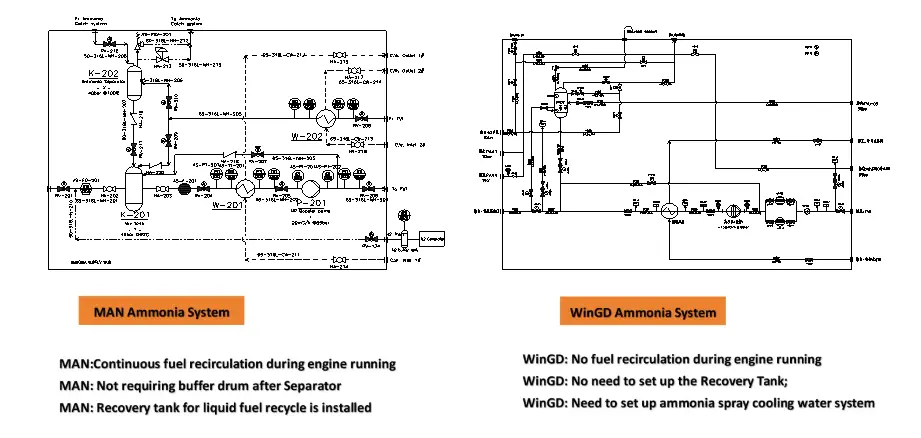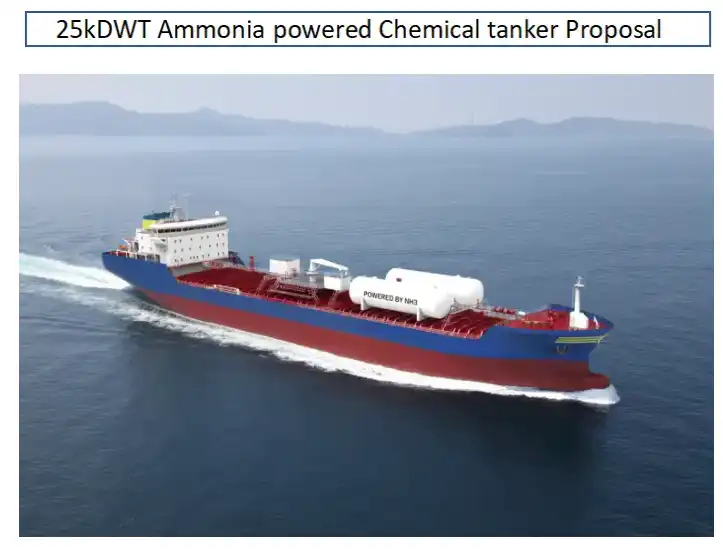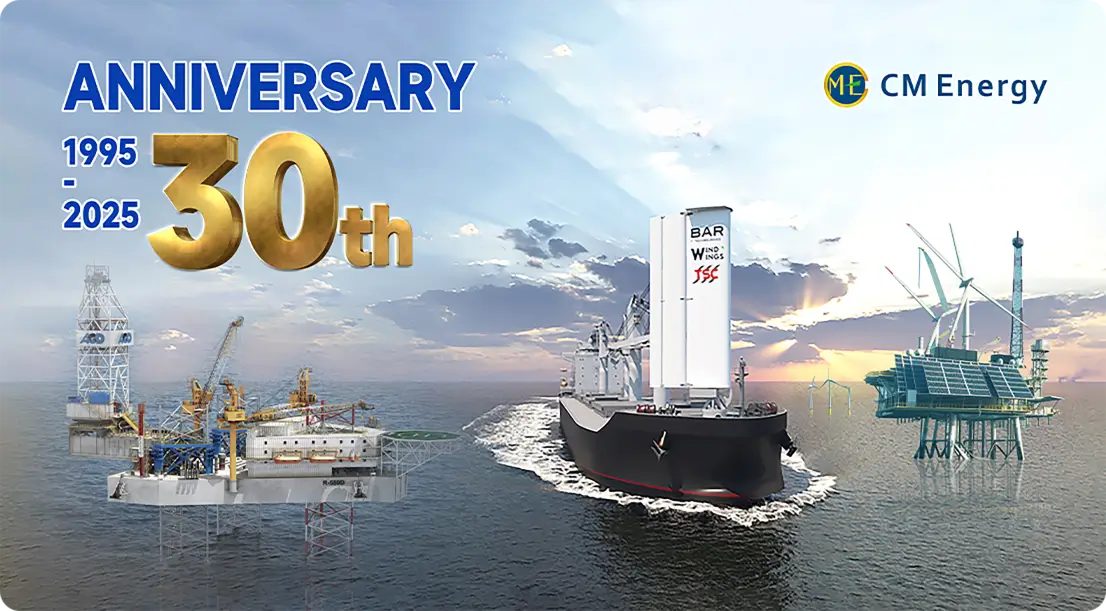Ammonia Fuel Delivery System
Ammonia Fuel Delivery System Overview
The Ammonia Fuel Delivery System is composed of several key components, such as the filling and storage system, the Ammonia Fuel Supply System (AFSS), the Fuel Value Unit (FVU), the vent system, the Ammonia Release Management System (ARMS), the ventilation system, the inert gas system, the internal engine ammonia fuel system, and the safety system. It is important to note that there are notable differences between the systems used by MAN and WinGD.

Why Choose Us?
1. Unmatched Industry Expertise – Our team stands at the forefront of the industry, bringing extensive experience in the design and construction of dual-fuel vessels, liquefied gas carriers, chemical tankers, and related systems.
2. Comprehensive Service Offering – We deliver integrated solutions that encompass Methanol Fuel Supply Systems (MFSS), LNG Fuel Supply Systems (FGSS), Ammonia Fuel Supply Systems (AFSS), and LPG Cargo Handling Systems (CHS).
3. Established Success Record – With 19 successful deliveries of clean fuel supply and cargo handling systems for ships, we have earned a reputation for reliability and high performance.
4. Innovative AFSS Design – Leveraging our expertise in ammonia carrier construction and LPG retrofitting, we independently design ammonia fuel supply systems and actively participate in zero-carbon laboratory projects.
5. Complete Lifecycle Support – From design to manufacturing and installation, our team ensures full support throughout the entire lifecycle, including ongoing construction of multiple units and comprehensive after-sales service.
Product Specifications

Product Features
1. Safety and Efficiency – This Ammonia Fuel Delivery System guarantees the safe and efficient bunkering and storage of ammonia, strictly adhering to regulations for handling low-flashpoint fuels, and is specifically designed to meet IMO standards and industry requirements for ammonia as a marine fuel.
2. Flow Control and Safety Mechanisms – The system provides precise control over ammonia flow, ensuring safe operation. It comes equipped with advanced safety features, such as leak detection, emergency shutdown systems, and integration with inert gas systems.
3. Environmental Protection – Designed to minimize environmental risks, this system captures and treats ammonia vapor. It features thermal oxidation or re-liquefaction systems for the safe handling of ammonia, especially within low-pressure storage tanks.
4. Ventilation and Risk Reduction – Ensuring proper ventilation both above-deck and in enclosed spaces, the system integrates inert gas systems to safeguard against explosive risks in hazardous areas.
5. Pressure Control – To maintain safe pressure limits in low-pressure storage tanks, the system incorporates re-liquefaction or sub-cooling units, or alternatively, thermal oxidation systems for effective ammonia vapor management.

Installation Process
1. Confirm Vessel Design – Begin by reviewing and confirming the vessel design drawings and interface requirements for the system. Ensure all technical clarifications are completed during this phase.
2. Installation Preparation – Prepare all necessary installation tools, equipment, and safety measures in advance.
3. Component Transportation – Transport the prefabricated fuel supply system module to the installation site, using appropriate lifting equipment to accurately position it in the designated area.
4. Module Securing – Secure the base of the module to the ship's structure, ensuring it is stable and properly aligned according to the design specifications.
5. System Connections – Connect the transfer pipelines, auxiliary system piping, and control cables, ensuring that all seals and electrical systems are functioning properly.
6. System Debugging – Conduct both individual and integrated debugging of the fuel supply system, verifying the operational performance of subsystems, including bunkering, supply, and safety control functions.
For more product information about Ammonia Fuel Delivery System, please leave a message below.

